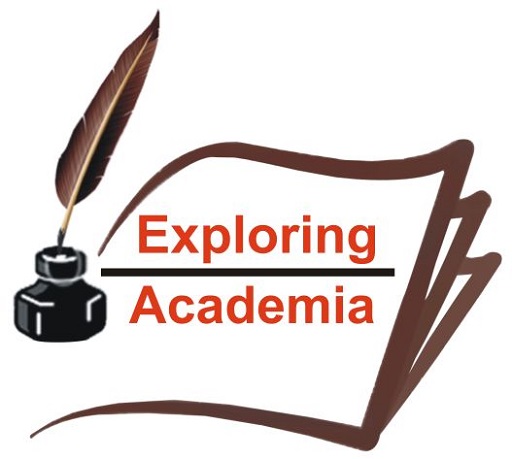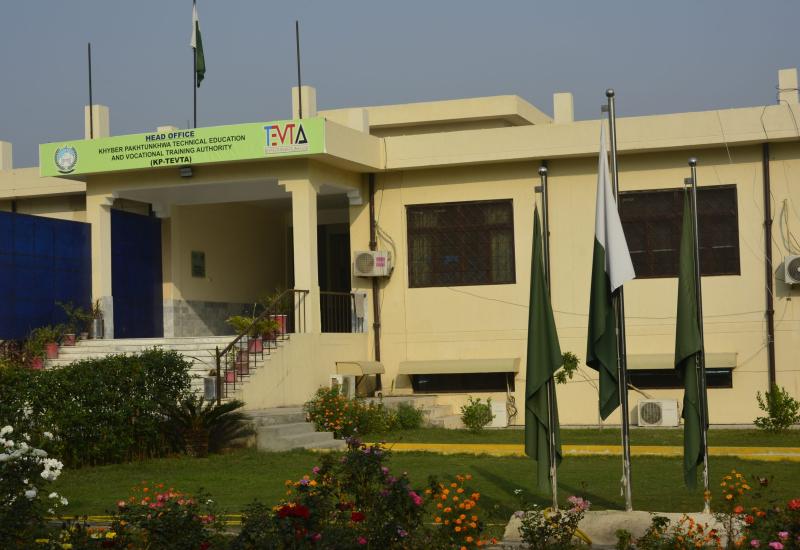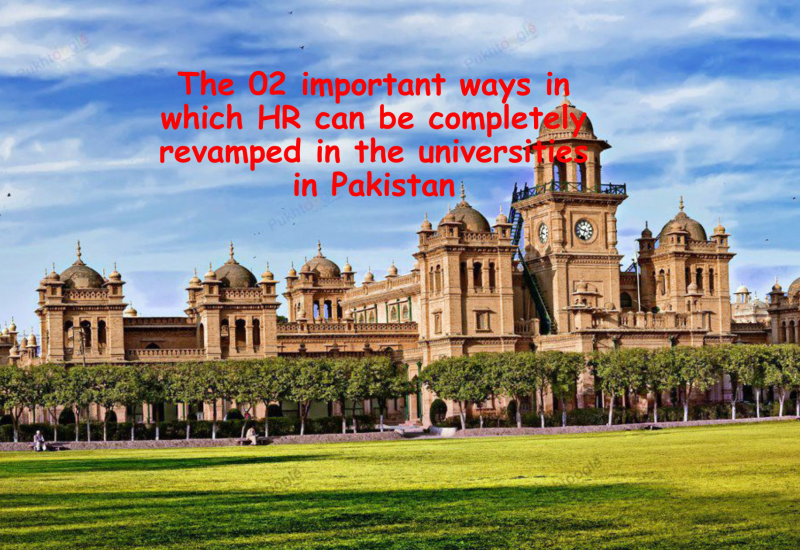The 03 important models for effective university-industry linkages: What developing countries like Pakistan can learn from it?
In the contemporary global environment, borders between the public and private sector, academia and industry are fastly disappearing, giving way to a system of overlapping interaction and collaboration. Resultantly, new organizational structures and cultures are emerging in which industry; government and academia tend to integrate their mutual interests and align their goals while maintaining their identity and carrying out their independent functions.
A considerable body of knowledge, featuring preponderancy of university-industry collaboration for technological advancement, economic growth and social uplift of the countries emerged very recently. Under this arrangement, each entity is assuming a crosscutting approach and performing overlapping functions.
This blog post presents an overview of the various models aimed at collaboration management, integration of academic community and building research partnership among the university, industry and government. For connecting all the three units effectively and efficiently, Henry Etzkowitz, a renowned US Professor and an expert in the field has delineated a mechanism which is regarded as the Triple Helix model of collaboration and university-industry linkages. The aim is to sensitize the policymakers to pursue the right mix of development models.
The Triple Helix model
The Triple Helix is an innovation model where university, industry and government join hands and interact closely as partners where each partner assume some of the capabilities of the other, even though each partner maintains its distinct identity. The Triple Helix model of university-industry-government relation is aimed at creating a more robust innovation system.
This model suggests that the interaction among university+industry+government offers a fertile ground for innovation in the knowledge-based economy. Under this model, the industry operates as the locus of production, university as a source of knowledge and the government as a facilitator for contractual relations between the two partners.
READ MORE: 10 Reasons, why University needs Industry and Industry, needs University?
The Triple Helix model cultivates the benefits of association by means of institutionalization of relations among the three major stakeholders. The model maintains that communication and negotiation among these partners stimulate the process with each one assuming the role of the other with hybrid organizations emerging at the interface. The model of university-industry-government relations passed through an evolutionary process.
Evolution of the Triple Helix model
The Triple Helix model of university-industry-government relations passed through its evolutionary process. Etzkowitz (2003) in his seminal work expounded the course of this progression abridged here as under.
The first leg of the Triple Helix model is regarded as the Triple Helix-I. Under this arrangement, the state government embraces academia and industry and regulate the relationship between the other two entities. The pattern of this relationship is given in the following Figure. 1.

Figure 1. The Triple Helix-I model of university-industry–government relations (in a developing country).
The former Soviet Union had having this type of university-industry-government relations. Triple Helix-I is largely viewed as a failed developmental model, with too little room for ‘bottom-up’ initiatives, and where ideas creation and innovation were discouraged rather than encouraged.
2. Triple Helix-II
The second stage of the model is regarded as Triple Helix-III. It consists of separate institutional spheres with strong boundaries dividing them, having a highly restricted and controlled blend of relations among the spheres, as in the case of the US government–university-industry relationship. The pattern of this relationship is given in the following Figure. 2.

Figure. 2. The Triple Helix-II model of university-industry–government relation (in a Middle Income Country).
This kind of arrangement leads to a laissez-faire policy, nowadays advocated as a remedy to reduce the excessive role of the Government as prevailed in the Triple Helix-I prevails in middle income countries.
3. Triple Helix-III
The third edition of the university-industry–government relation is the Triple Helix-III. This model is having overlapping institutional spheres, with each taking the role of the other and with a new blend of organizational structure emerging as a result of the interaction as shown in the Figure. 3.

Figure. 3. The Triple Helix-III model of university-industry–government relation (in a Developed Country).
In one form or another, most countries and regions are presently trying to embrace some form of Triple Helix -III. The common objective is to realize the potential of tri-lateral relations among firms, government facilities and academic researchers for knowledge-based economic development.
The Triple Helix-III model is characterized by a newfangled institutional arrangement for ramping up relation among the three key players which calls for a strong and sturdy role of the government, to fill the vacuum between the university and industry. The prime objective of this model is to realize the potential of tri-lateral relation among the industries, government and academia for knowledge-based economic development. However, this mechanism has its own limitations in the context of developing countries which needs further investigation which will be addressed in the next blog post.
READ MORE: The 05 key driving forces for university-industry collaboration
What can developing countries like Pakistan learn from it?
Developing countries like Pakistan can gain valuable insights from the three important models for effective university-industry collaboration to enhance their own innovation ecosystems and economic development. By adopting these models, Pakistan can foster a culture of research and development, drive technological advancements, and create job opportunities. Here are some key lessons:
- Triple Helix Model: This model emphasizes the interaction between academia, industry, and government. Pakistan can benefit by encouraging these three sectors to work together to create supportive policies, provide funding for research, and develop initiatives that align academic research with industry needs. This collaboration can lead to the commercialization of research and the creation of new industries.
- Public-Private Partnership (PPP) Model: PPPs involve long-term partnerships between universities and private companies to undertake joint projects. Pakistan can leverage this model to attract investment in research and development, improve infrastructure, and ensure that academic programs are tailored to meet the skills required by the industry. Successful PPPs can also help in addressing local challenges by developing innovative solutions.
- Knowledge Transfer Partnerships (KTP): KTPs focus on transferring knowledge and skills from universities to businesses. By establishing KTPs, Pakistani universities can assist local businesses in solving technical problems, improving processes, and developing new products. This model helps in building a skilled workforce, enhancing the competitiveness of local industries, and fostering a culture of continuous improvement and innovation.
By learning from these models, Pakistan can create a robust framework for university-industry collaboration, leading to sustainable economic growth, improved educational outcomes, and a stronger innovation ecosystem.
Conclusion
University-industry collaboration in developing economies cannot be expected to work in the same way as in the developed economies. Neither can universities be expected to supply knowledge that is new to their partners, nor can companies be expected to be willing to pay to the universities for the service. Instead, the university-industry alliance can be an effective tool to stimulate and foster the development of technological capabilities and high-level learning on both sides. This process, however, may require government intervention to allow the university-industry cooperation to flourish.


















